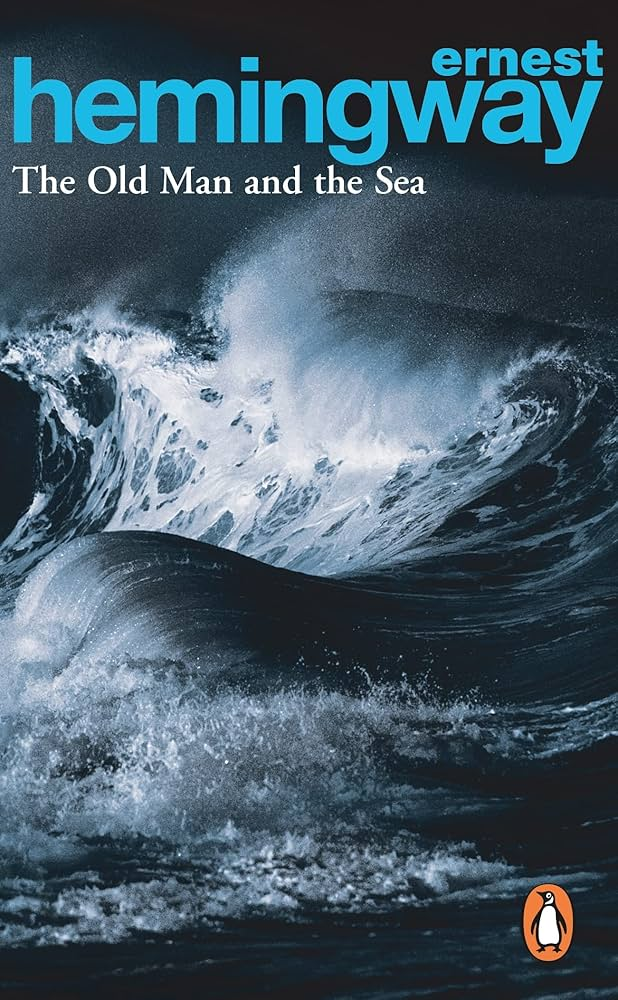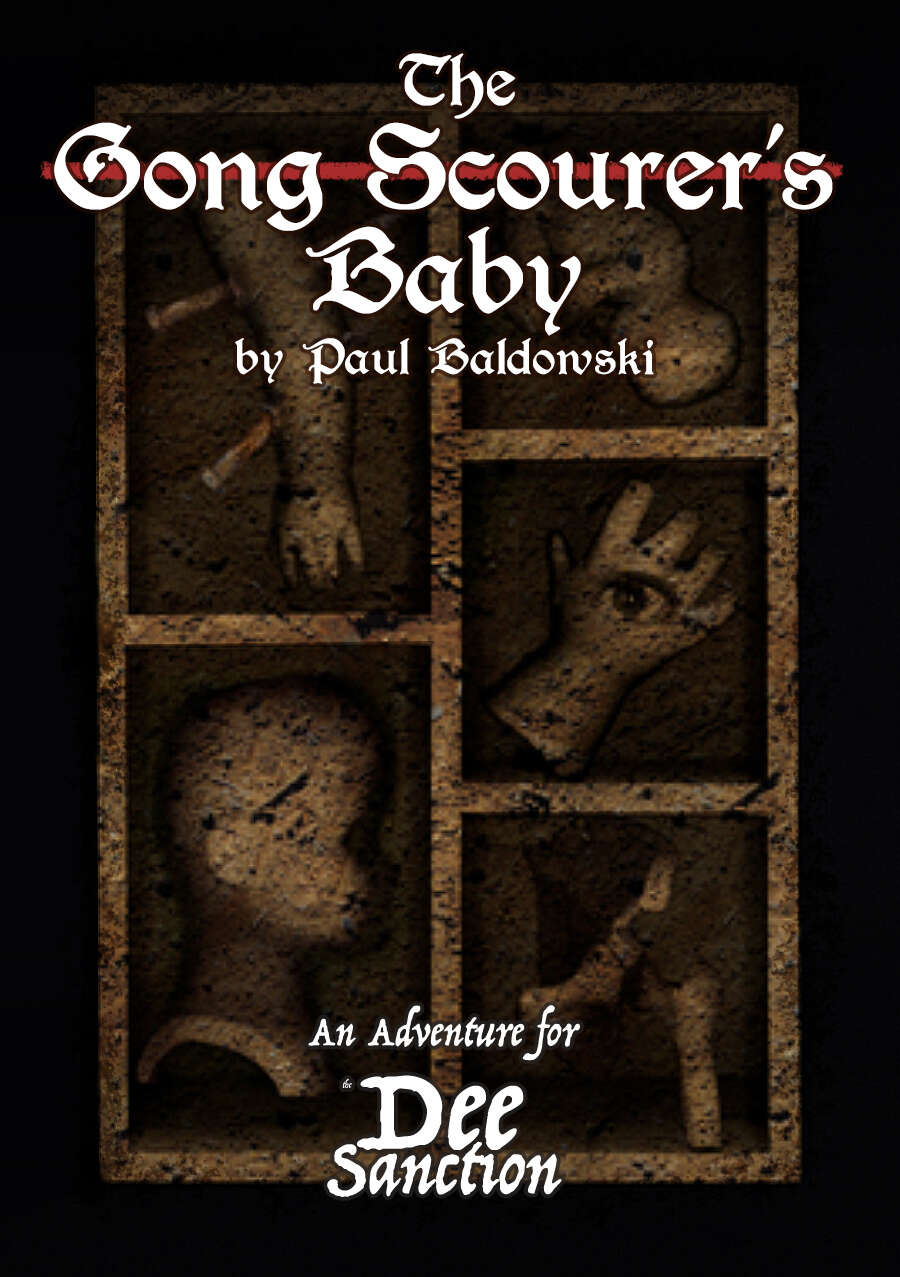2025 Reading Challenge 15 The Old Man and the Sea

Picked up one of the big dogs, Ernest Hemmingway. It is one of my “cheat” books, a short hundred-page-or-less book that allows me to get through busy weeks.

A simplistic tale of an old fisherman who tries to regain some respect by landing the big one. The tale begins with Santiago, the old man, talking with Manolin, a young boy whose mother has forbidden him to work with Santiago on account of Santiago’s unlucky streak, eighty-five days and counting without a catch.
The rest of the story focuses on Santiago’s attempt to haul in a “man in the blue suit”, a Marlin and return it to the village in triumph. Or at least with a little pride restored.
It’s a macho, stoic book. Santiago suffers but doesn’t complain to anyone; the prose reflects his actions, leaving much unsaid and focusing on showing, not telling. This, to me, was the interesting element of the read: figuring out what the author was trying to infer without being hit over the head by Hollywood over-explaining.
I rated it 7.1 out of 10.
TTRPG Thoughts:
A lot of TTRPGs that I read fill me with fear when they present a wall (or A4) of text. In some instances, this is justified; there are a lot of mechanics or settings to be explained. But usually, these are not the RPG books to my taste.
Sometimes, it feels that these books lack a good editor, with the author having a propensity to enrich the text until it is bloated and painful to digest.
The Old Man and the Sea has brought me back to the importance of simple turns of phrase to infer a feeling or theme, as Hemmingway called it, Iceberg Theory.
There is a great example in this book: the line, “Fish,” he said softly, aloud, “I’ll stay with you until I am dead.” That is a memorable line; it’s the old man, Santiago, speaking to the Marlin as he tries to subdue it. But beneath it is the need for Santiago to battle his demons and restore his pride, no matter the cost; it’s life or death. And IF it was Hollywood, you’d have Morgan Freeman intoning that over the top of the action.
Following some of the RPG designers I enjoy reading - Graham Walmsley, Paul Baldowski - you can see how they also attempt to create “feels” and depth for their scenario descriptions through terse, unusual and simplistic prose. This can really help the GM both get a sense for the atmosphere to create, whilst also leaving space to add their own spin on the adventure. It is a balancing act to give enough guidance for a GM without spoon feeding.
An excellent example is the set of Dee Sanction adventures that are captured in this book. Here, from The Gong Scourer’s Baby, Paul throws in a few words to get a feel for the Tudor London working class area the Player Characters first visit - Crowds. Hubbub. Sweat and dung. Leaning buildings.

Graham, too, looks carefully at the word on the page and tries to tune it to give off the right vibes, without dissolving into over-explanation and railroading GMs down a “one true path” of running one of his games. He has lots of examples of this and other approaches on his excellent Patreon.